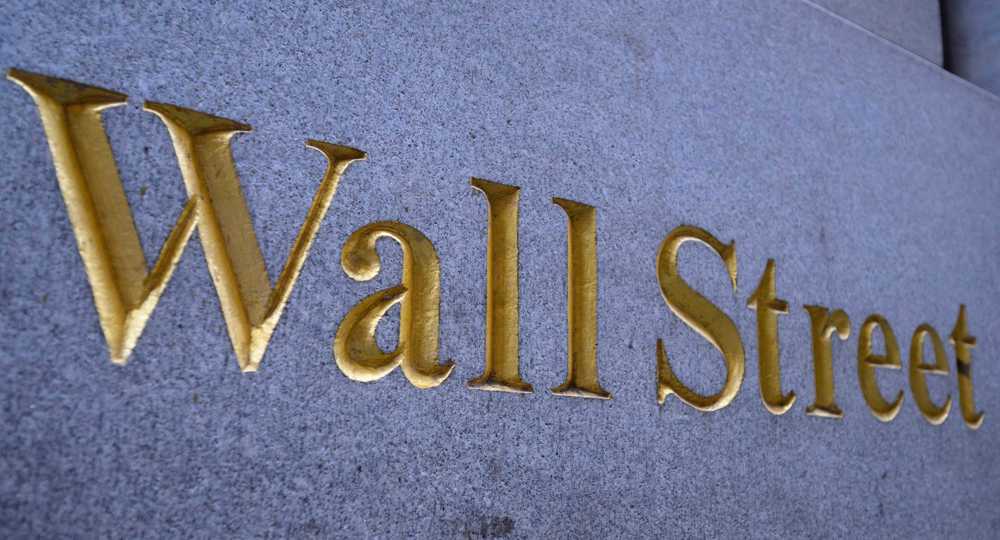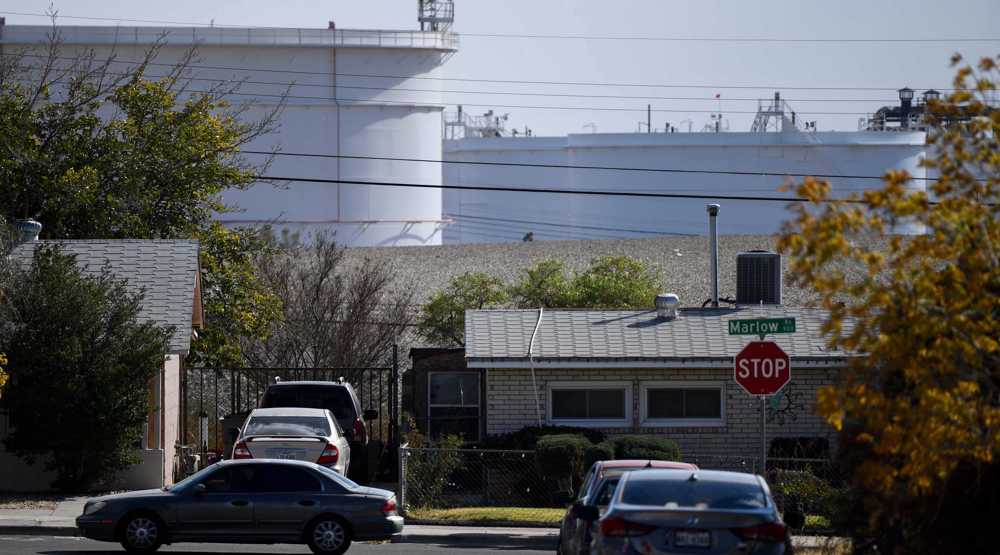Wall Street hits fresh one-month lows on rate hike worries
US stock indexes hit fresh one-month lows on Monday, adding to a sharp selloff last week as investors worried about the Federal Reserve's plan to keep raising interest rates in its fight against inflation even at the cost of an economic slowdown.
Fed Chair Jerome Powell said on Friday the US economy would need tight monetary policy “for some time” before inflation is under control, quashing hopes of more modest rate hikes after recent data suggested price pressures were peaking.
“Markets probably got a little bit too interpretive, between the meetings, of something that was not there - that we were closer to a pause and potentially a cut (in interest rates),” said Mike Mussio, president at FBB Capital Partners in Bethesda, Maryland.
“I expect volatility to be elevated in the near term, certainly between now and when Fed meets in September. The market is probably going to move on any data between here and there that they think could nudge another 75-basis-point increase.”
Money market traders are pricing in a 70.5% chance of a third straight 75-basis-point interest rate hike next month and expect the Fed funds rate to end the year near 3.7%.
Among a bunch of economic reports due this week, focus is on the August nonfarm payrolls report on Friday because any cooldown in the jobs market could ease the pressure on the Fed to raise rates aggressively.
Among the biggest drags on Monday, heavyweight technology and growth stocks such as Apple Inc, Microsoft Corp and Tesla Inc fell between 1.4% and 2.4% due to a rise in Treasury yields.
The two-year Treasury yield, which is particularly sensitive to interest rate expectations, briefly scaled a 15-year high, while the closely watched yield curve measured by the gap between two and 10-year yields remained strongly inverted.
An inversion is seen by many as a reliable signal of an impending recession.
At 11:43 a.m. ET, the Dow Jones Industrial Average was down 191.47 points, or 0.59%, at 32,091.93, the S&P 500 was down 29.32 points, or 0.72%, at 4,028.34, and the Nasdaq Composite was down 145.16 points, or 1.20%, at 11,996.56. The indexes were at their lowest levels since July 28.
The CBOE's volatility index, Wall Street's fear gauge, hit a seven-week high of 26.29 points.
The benchmark S&P 500 index has climbed 11% since mid-June and recently found support above its 50-day moving average. Still, some investors fear a tough September due to seasonal weakness and the potential economic pain from rate hikes.
UBS Global Wealth Management's chief investment officer told the Reuters Global Markets Forum that he expects the S&P 500 to end 2022 at 3,900 points, more than 100 points below its current level
Energy stocks climbed 2.4%, tracking a more than 3% jump in oil prices as potential OPEC+ output cuts and conflict in Libya helped to offset a strong dollar.
Bristol Myers Squibb slid 5.6% after its drug candidate for preventing ischemia strokes missed the main goal in a mid-stage trial.
Dow Inc and Lyondell Basell Industries fell 2% and 1.1%, respectively, after Keybanc downgraded the chemicals company's stocks to “underweight” from “sector weight”.
Catalent Inc dropped 9.8% after the contract drug manufacturer forecast downbeat 2023 revenue.
Declining issues outnumbered advancers for a 2.32-to-1 ratio on the NYSE and a 2.42-to-1 ratio on the Nasdaq.
The S&P index recorded 2 new 52-week highs and 22 new lows, while the Nasdaq recorded 14 new highs and 159 new lows.
(Source: Reuters)
Make ‘right decision’ or face more US pressure, Rubio tells Venezuela’s Rodriguez
VIDEO | General Soleimani honored in Kashmir, Kargil
US, Israel waging ‘soft warfare’ to destabilize Iran after June defeat: Top general
VIDEO | Hundreds brave wind and cold to show solidarity with Gaza in Berlin
Israel kills more Palestinian civilians in Gaza amid ceasefire violations
VIDEO | Paris protest condemns US aggression against Venezuela
Pope Leo says Venezuela must remain an independent country
VIDEO | Germans condemn US aggression against Venezuela











 This makes it easy to access the Press TV website
This makes it easy to access the Press TV website